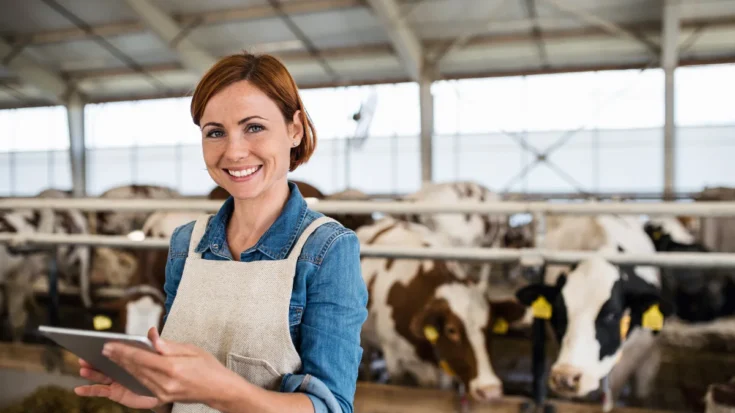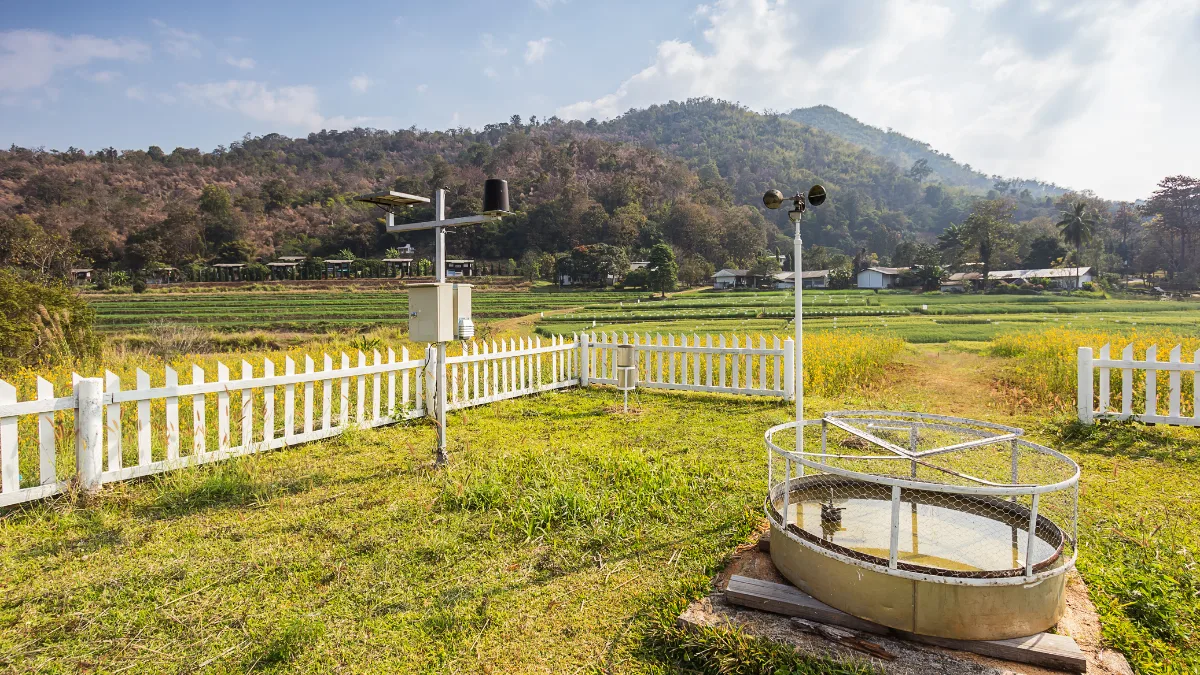From the many benefits that weather stations have, they are widely used in various sectors, one of which is farming. Weather station on the farm is an innovation from the development of weather stations in the business sector.
Weather station on the farm benefit from real-time monitoring of weather conditions, early warning of extreme weather, loss reduction, and productivity improvement.
This article will further inform four benefits of weather station on the farm that you can feel when using them.
Also Read
Table of Contents
What is a Weather Station on the Farm
In a livestock environment, a device called a Weather Station serves to collect data and monitor atmospheric conditions, including temperature, air humidity level, wind speed, rainfall amount, and sunlight intensity.
The information collected is then used for better farm management, improving animal comfort and health, and minimizing potential losses due to climate change.
The Benefits of Weather Station on the Farm

Weather station on the farm offers a wide range of benefits, from real-time monitoring of weather conditions, and early warning of extreme weather, to loss reduction and productivity improvement. Here are some of the main benefits of weather station on the farm:
1. Real-time monitoring of weather conditions
One of the main benefits of an on-farm weather station is the real-time monitoring of weather conditions. Weather stations allow for temperature, humidity, wind speed, and rainfall to be monitored in real-time.
With real-time monitoring, farmers can take action before heat stress occurs in livestock, especially in extreme weather such as heat waves. Preventive measures include providing more water, increasing ventilation, or providing cooler feed.
2. Early warning of extreme weather
On-farm weather stations have another benefit with their ability to provide early warning of extreme weather. Weather stations can provide early warnings of potential storms, heavy rain, or heat waves.
The information from this tool allows farmers to take preventative measures such as securing pens, protecting livestock from rain or heat, and preparing for rescue if needed.
3. Farm management optimization

Weather data from weather stations can be used to optimize feeding, adjust the temperature of cages, and time livestock groupings.
With accurate weather information, farmers can make more informed decisions and improve farm management efficiency.
4. Loss reduction and productivity improvement
Another benefit of an on-farm weather station is its ability to reduce losses and increase productivity.
By preventing heat stress, protecting livestock from extreme weather, and optimizing farm management, weather stations can help reduce losses and increase farm productivity.
Healthy and comfortable livestock will grow faster and produce more, increasing profits for farmers.
Those are the benefits of weather station on the farm that you need to know. When you choose to use a weather station you can feel all the benefits from real-time monitoring of weather conditions, early warning of extreme weather, loss reduction, and productivity improvement.
Another thing to note is that weather station on the market uses LoRaWAN technology, this technology must pass the certification test from the Directorate General of Digital Infrastructure (DJID).
With DJID certification, users can feel calm about using a weather station on the farm device whose quality and security are guaranteed. For manufacturers or importers of the weather station on the farm devices, obtaining certification from DJID is a mandatory step before the device can be officially marketed in Indonesia.
To simplify the certification process, you can use Type Approval Certification Services for ICT Products are available to assist with this process as a reliable solution.


















